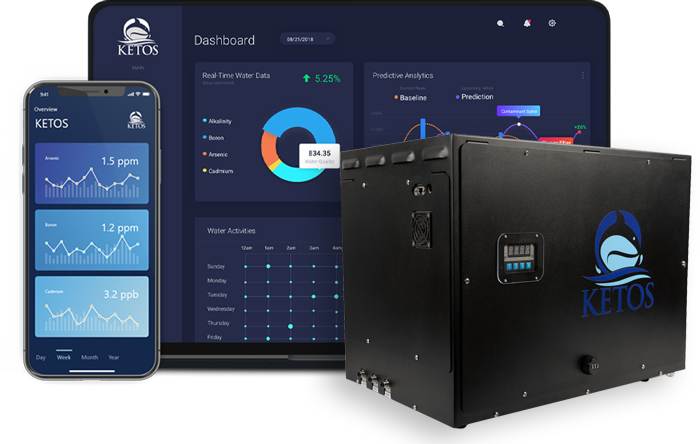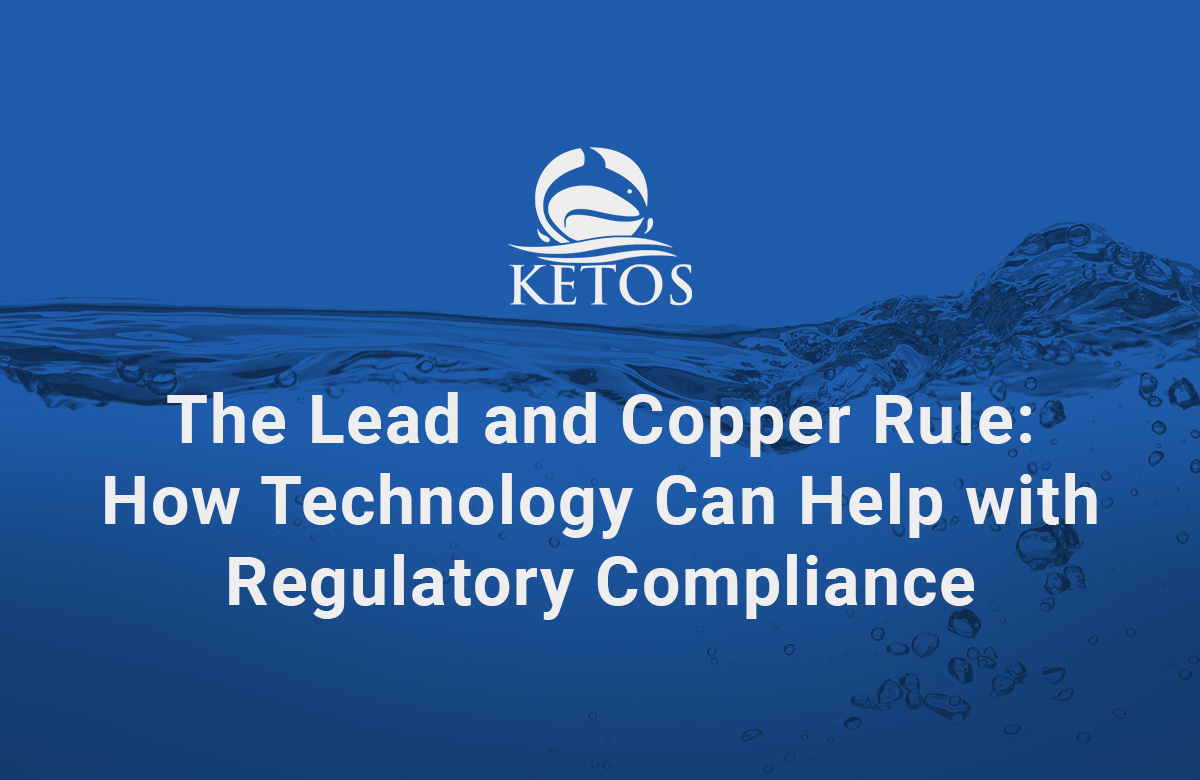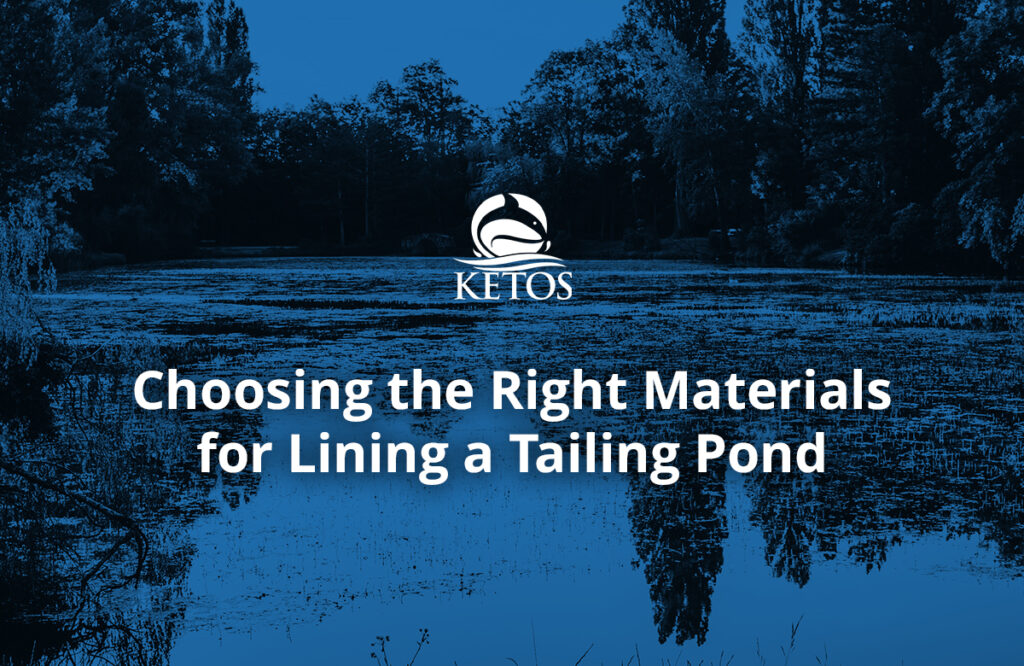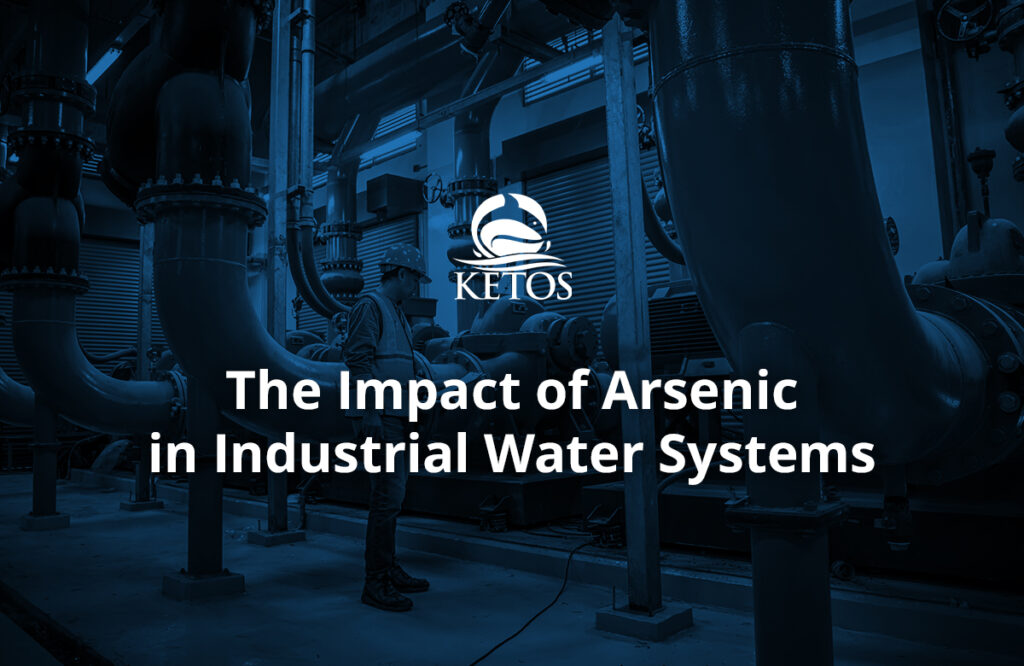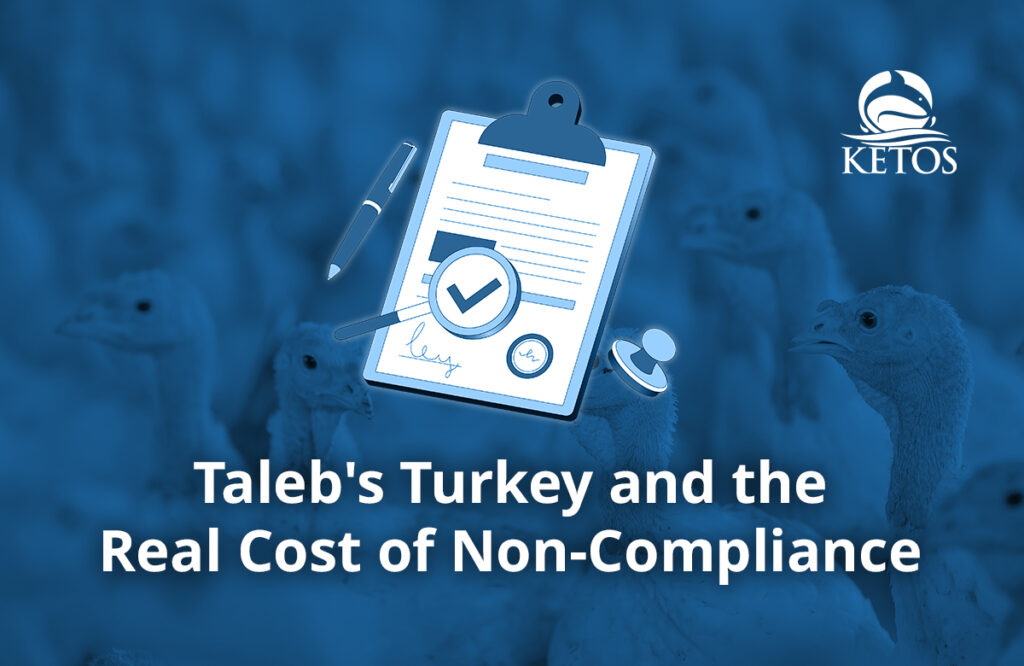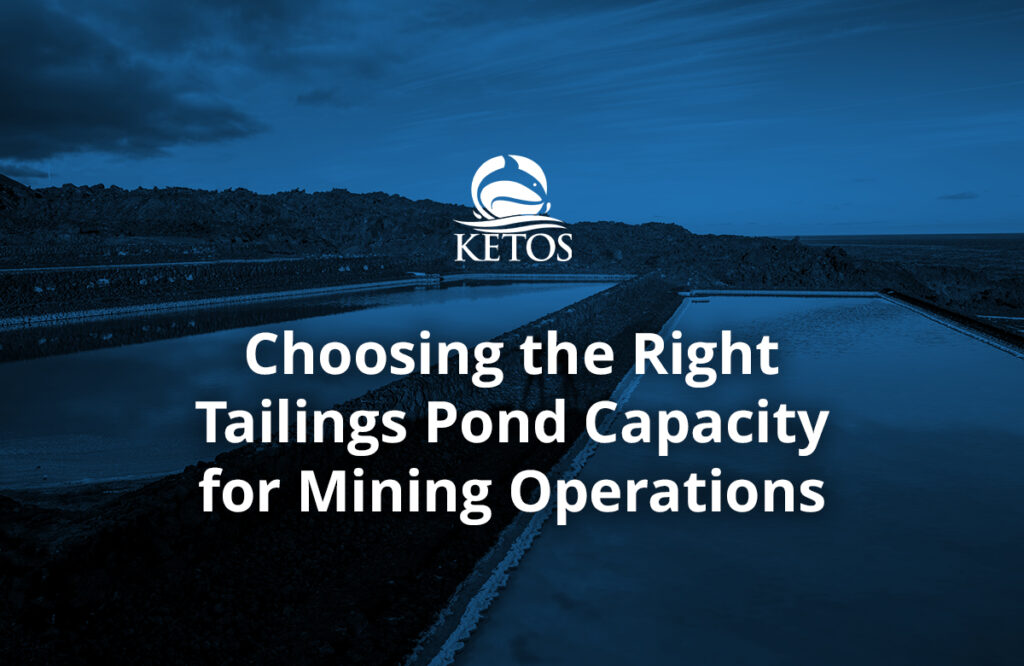While lead, a highly toxic metal, is not found in significant quantities in natural water sources (such as lakes, streams, or groundwater), it can become a significant issue when found in drinking water supplies. Lead enters drinking water via lead pipes, solder, or brass fittings from faucets and fixtures. If lines or fixtures are left to corrode, lead can leach out or flake off and increase in concentration at levels that would be dangerous to consume. The same is true of copper, which is safe in small quantities but dangerous in larger amounts.
In 1991, The EPA, under the Clean Water Act, introduced the Lead and Copper Rule (LCR) to protect communities from lead and copper contamination. Of particular concern is lead, as lead pipes are still present in infrastructure in some communities across the country.
While, over the last 25 years, the LCR has helped ensure major improvements in public health, the EPA continues to refine and improve the Rule to continue to improve public health and safety.
Recent Lead and Copper Rule Revisions
After spending 2021 learning about communities and their concerns via Virtual Engagement sessions, the Lead and Copper Rule was updated.
These most recent revisions included:
- Finding more sources of lead in drinking water using science-based testing protocols
- Establishing a recognized trigger level so that mitigation can begin sooner in more communities
- Continuing lead service line replacement
- Requirements for testing in schools/childcare facilities
- Ensuring the public is made aware of the location of lead service lines
Recent revisions have been outlined in an EPA Fact Sheet to help communities understand the revisions and what it means in practice.
At the heart of the revisions is the evolution towards more transparency so that communities can understand where lead service lines still exist, see if these lines have the potential to affect them directly, and showcase the government’s movement toward the complete removal of lead service lines in American infrastructure.
Service Line Inventory Guidance for LCR Revisions
In August 2022, the EPA also released new guidance on developing and maintaining service line inventories. The goal is to provide more information to states for better oversight and reporting to the EPA. The advice provided will assist with Lead and Copper Rule compliance, explicitly surrounding the requirement under the new revisions to prepare and maintain service line materials by the end of October 2024.
Under the Service Line Inventory Guidance:
- Best practices for inventory development are outlined
- Public communication best practices are illustrated
- Templates various entities can use or adapt to create their own inventories are provided
Case studies on communicating, reviewing, and developing inventories are also included.
Ultimately, through the latest revisions and Service Line Inventory Guidance, regulator requirements from the EPA will be harmonized for a more transparent approach across states and territories.
How Technology Can Play a Role in Lead and Copper Rule Compliance and End Goals
When it comes to lead lines, the truth is that no one knows how many lead lines are still in use in America. Acidic water can also corrode pipes over time, causing the leaching of copper or other heavy metals even in infrastructure that doesn’t contain lead. On top of that, the country has 2.2 million miles of underground pipes that help deliver drinking water to communities from coast to coast. With that amount of infrastructure to monitor, there’s a real opportunity for communities to turn to technology to help maintain healthy water delivery systems.
Advances in IoT, automation, AI, machine learning, and cloud-enabled data storage can help water operators monitor existing lines for signs of damage or contamination. This can help organizations be more strategic about line replacement and maintenance – directing resources and investments to places where repair and replacement are needed the most and compliance with the Lead and Copper Rule revisions can be assured.
Menu of Options: Designed to Replace Lead Pipes Faster
The Environmental Policy Innovation Center (EPIC) has compiled a list of service providers that can assist public water utilities in replacing lead pipes. Titled the Menu of Options, the guide directs interested parties to tools and technologies designed to facilitate lead line replacement across various categories, including:
- Asset management
- Mapping and public dashboards
- Field tools
- Predictive modeling tools
- Communications
This publication is just one way public water utilities can source innovative techniques to help speed up lead line removal.
The organizations included in the menu of options are sourced via the 2021 Water Data Prize and other EPIC interactions. In 2021 KETOS was the winner of the Water Data Prize for Mapping and was also included in EPIC’s Menu of Options.
KETOS’ Contribution to Compliance Best Practices
KETOS can help water utilities and other organizations ensure that water is free of contamination (including heavy metals such as lead and copper). As a cloud-enabled device, KETOS SHIELD can test for 30+ parameters in real time. When used in water infrastructure, KETOS can alert water operators to spikes in contamination. As pipes often corrode when water becomes too acidic, KETOS can help water operators not only test water for contaminants, but it can also monitor water for content that could cause pipe corrosion and damage that can lead to contamination.
When utilities leverage KETOS, they can automate their water quality testing to witness the most reliable, up-to-date data on water quality. This allows them to act faster when water quality is in question. It also creates a 360-degree view of a community’s water infrastructure, enabling water operators to better understand what areas require refurbishment or replacement.
By leveraging a real-time water quality analysis, operators can act quicker and focus on areas of particular concern to maintain compliance with the latest LCR regulations.
